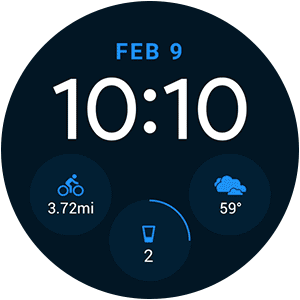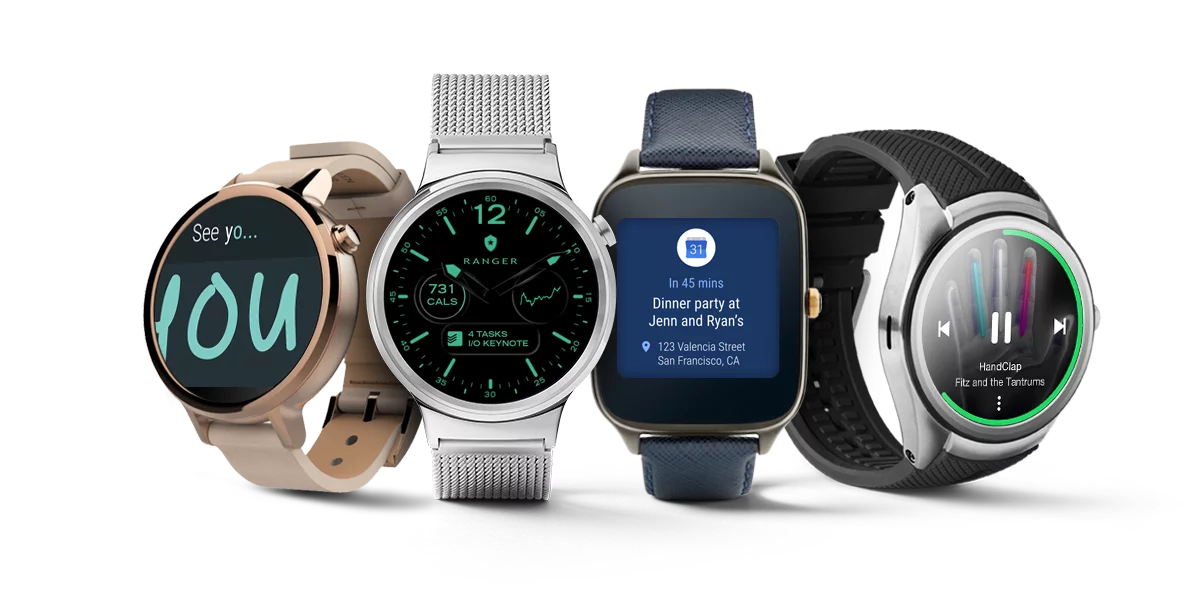Google has finally made Android Wear 2.0 OS official with overhauled UI, several new apps, gesture keyboard and lot more. LG Watch Style and Watch Sport are the first smartwatches that come running Android Wear 2.0 out-of-the-box.

With the latest Android Wear 2.0, Google has also revealed a list of smartwatches that will get the update in the coming weeks. The exact timeline of the update rollout has not been revealed yet, but it will take at least a few weeks.
Here are the smartwatches that will get the Android Wear 2.0 update are:
- ASUS ZenWatch 2
- ASUS ZenWatch 3
- Casio Smart Outdoor Watch
- Casio PRO TREK Smart
- Fossil Q Founder
- Fossil Q Marshal
- Fossil Q Wander
- Huawei Watch
- LG Watch R
- LG Watch Urbane
- LG Watch Urbane 2nd Edition LTE
- Michael Kors Access Smartwatches
- Moto 360 2nd Gen
- Moto 360 for Women
- Moto 360 Sport
- New Balance RunIQ
- Nixon Mission
- Polar M600
- TAG Heuer Connected
Smartwatches such as - ASUS ZenWatch, LG G Watch, Samsung Gear Live, Moto 360 (Gen. 1) and Sony Smartwatch 3 - will not be getting the Android Wear 2.0 update.

Detailing about the new features that come with the latest Android Wear 2.0, Google wrote this in its blog post:
What’s new?
Standalone apps: Your Android Wear app can now access the internet directly over Bluetooth, Wi-Fi, or cellular, without relying on the Data Layer APIs. This means your app can continue to offer full functionality even if the paired phone is far away or turned off. Removing the requirement to use the Data Layer APIs also enables your app to offer the same functionality regardless of whether the watch is paired with an Android or iPhone. In addition, your app can receive push messages via Google Cloud Messaging and access AccountManager directly on the watch.
New system UI: We’ve made a number of UI changes that will help users interact with your app more easily. A new notification design and app launcher make it easier to take action on notifications and launch your app, and a new watch face picker makes switching watch faces fast and fun. The system UI also adopts a dark color palette and makes better use of round displays. We recommend you test your existing Android Wear app and notifications with the new UI.
Material design for wearables: The new Material Design for Wearables guide will help you make your app’s interface more consistent, intuitive, and beautiful. The new navigation drawer and action drawer components in the Wearable support library make it easy to align your app with the system UI’s new vertical layout. We’ve also provided guidance on how to adopt the dark color palette.
Complications API: Complications are bite-sized pieces of information displayed to users directly on the watch face. Android Wear now has a system-wide framework to enable any app to show data on any watch face that implements the API. As an app developer, you can choose to publish your data to a wide variety of watch faces and make it easier for users to launch your app from the watch face. As a watch face developer, you can rely on data from a rich ecosystem of Wear apps without having to worry about sourcing it yourself.
Input methods: Keyboard and handwriting input methods open up new ways to accept text from users on the watch. You can now use these new input methods in your app via RemoteInput and EditText, and notifications that already use RemoteInput for voice replies will automatically support the new input methods. We’ve ported over the full Android input method framework to the watch, so you can even create your own custom input methods if you wish.
New MessagingStyle notification: Android Wear 2.0 includes a new notification template with a layout optimized for quick and responsive messaging. This template is also available on phones and tablets using Android N, so creating a great cross-device messaging experience is a breeze.
Google Fit platform: Improvements to the Google Fit platform make it easier for your app to use fitness data and detect activity. You can register a PendingIntent to be notified of changes in the fitness data store, so you don’t have to keep querying for changes to weight, nutrition, and other data types. It’s also easier for your app to get a consistent daily step count on Android Wear -- with HistoryApi.readDailyTotal(), a step recording subscription is no longer required. Finally, apps will soon be able to detect (with consent) when the user starts walking, running, or biking.
Support for Android N: Your Android Wear app can now take advantage of the latest Android N features such as Data Saver and Java 8 Lambda support. Also, let’s not forget the new emojis!















